New Web Resources Help Californians Find Relief from Smoke and Prepare for Wildfires
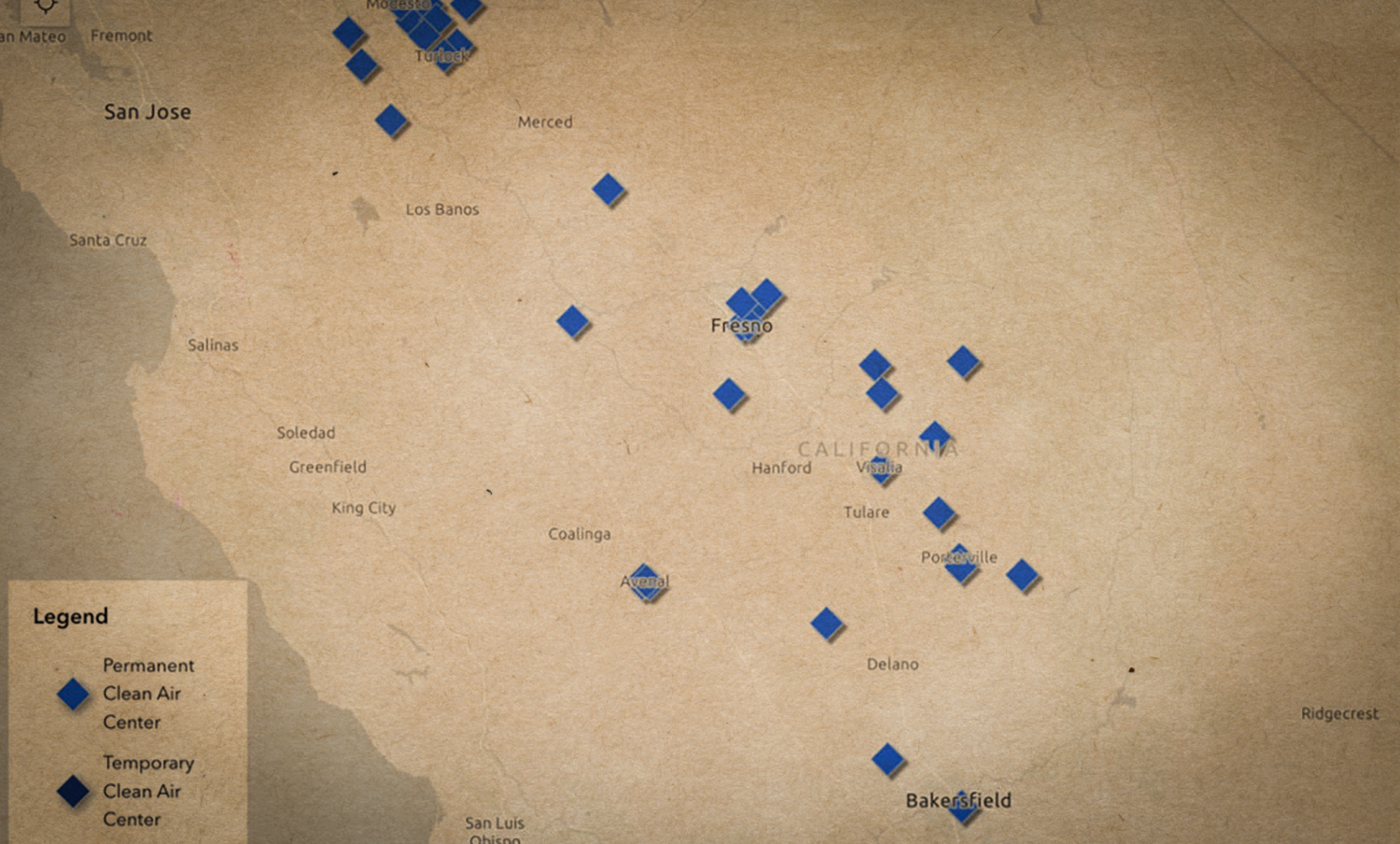
New Web Resources Help Californians Find Relief from Smoke and Prepare for Wildfires
June 24, 2024 – Clean Air Centers Maps Shows Where to Find Relief from Wildfire Smoke: The California Air Resources Board announced the launch of an interactive, statewide map that offers a one-stop-shop for information about the location and services available at Clean Air Centers. Clean Air Centers will offer Californians who don’t have access to adequate air filtration a safe place to go during periods of heavy smoke. Built in collaboration with local air quality control districts, the online map makes it possible to see where Clean Air Centers are located and provides easy-to-access information, including operating hours, contact information and on-site resources like free Wi-Fi.
CAL FIRE Updates Wildfire Preparedness Website: In preparation for the fire year, CAL FIRE has updated the ReadyForWildfire.org site. This one-stop-shop provides advice and guidance on everything from home hardening and defensible space, to what to pack for evacuation, to what California is doing to enhance and protect forest health.
California National Forests Complete Record Number of Prescribed Fire Acres
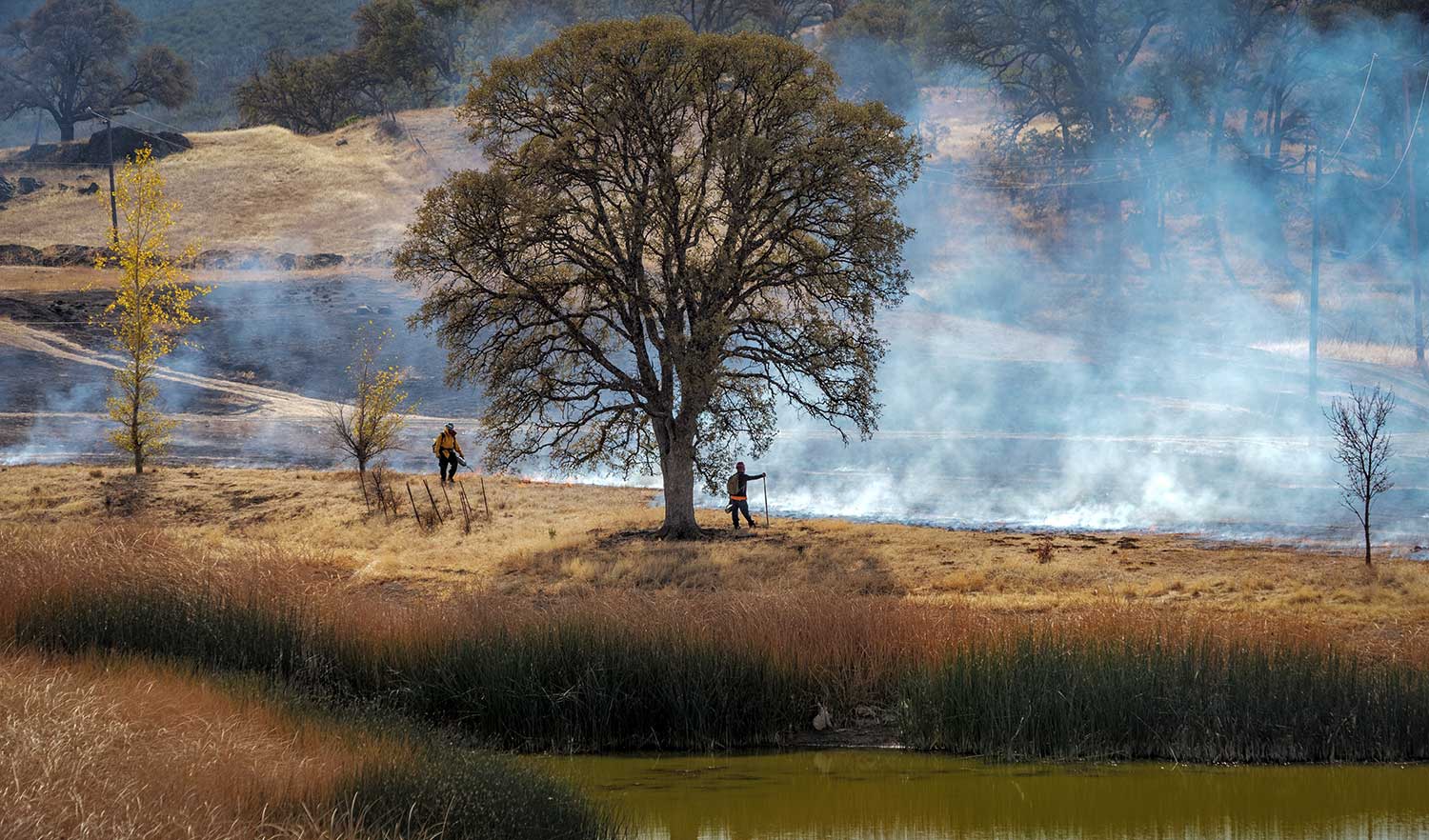
California National Forests Complete Record Number of Prescribed Fire Acres
As of June 24, 2024 the USFS has treated 63,878 acres with prescribed fire on national forests in California. The previous record was set in 2018 when 63,711 acres were treated. USFS fire managers are using prescribed fire to reduce hazardous fuels and reduce threats to communities from extreme fires. Reintroducing fire also minimizes the spread of pest insects and disease, recycles nutrients back to the soil, and improves natural conditions for native flora and fauna.
New Reports on Post-fire Restoration & Public Health Impacts of Wildfire
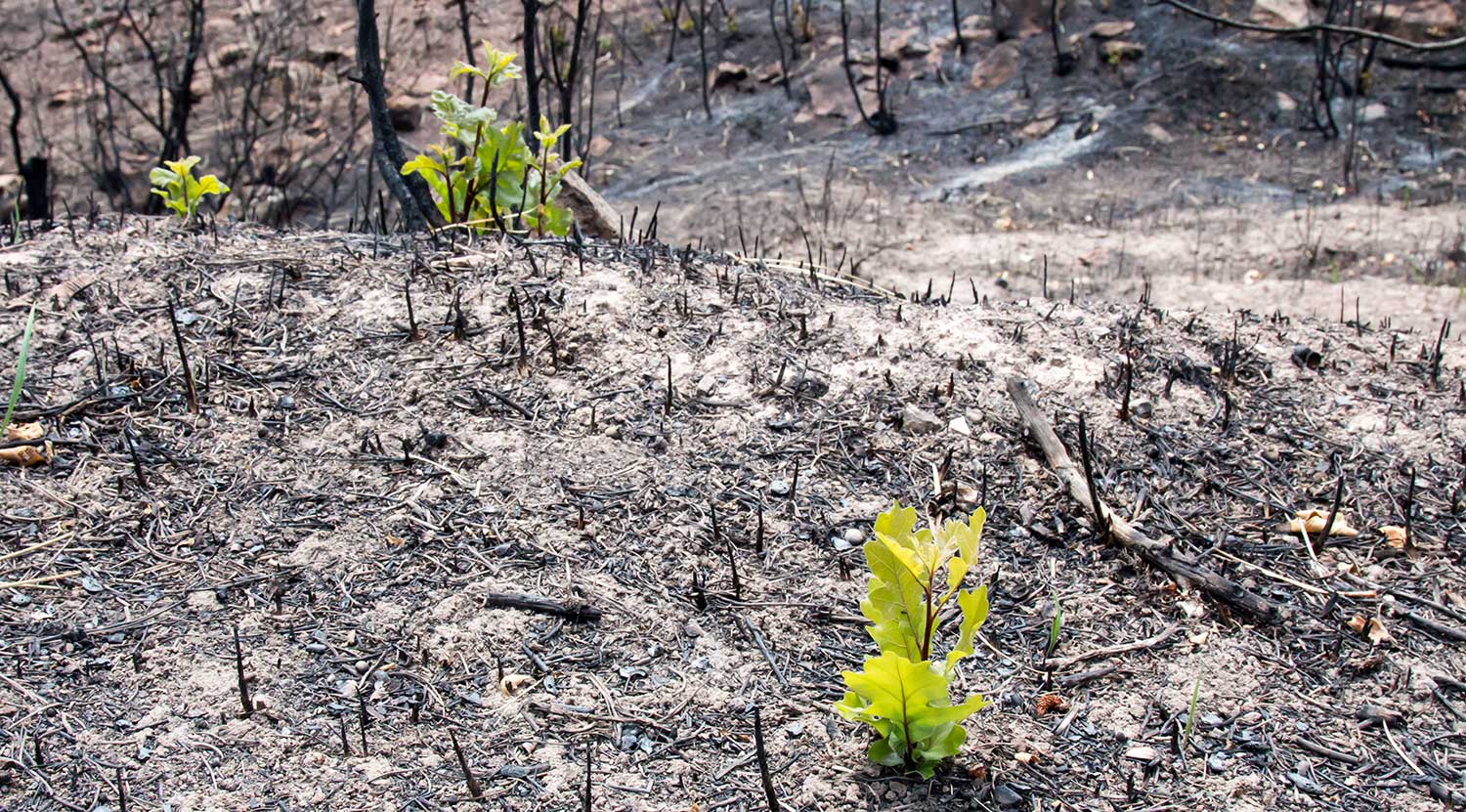
New Reports on Post-fire Restoration & Public Health Impacts of Wildfire
New Report on Emergency Forest Restoration Teams: Small private landowners often lack the funding, expertise, or time to undertake restoration work. To address these barriers, California’s Wildfire and Forest Resilience Action Plan called for the establishment of Emergency Forest Restoration Teams (EFRTs). In June, 2024 a report on lessons learned was released from three pilot EFRTs that were developed in late 2021 in response to the Dixie, Tamarack and Caldor Fires. The report provides key recommendations for future EFRTs to be successful.
New Report on the Public Health Impacts of Wildfire: This new scoping report covers the intersections of wildland fire and public health. Developed by UC Berkeley’s Center for Law, Energy, & the Environment in partnership with the Climate and Wildfire Institute, the report investigates key issues in the physical and mental health impacts of wildfire, provides an overview of the current state and federal policy landscape, and presents key recommendations for future resilience.
Proposed Regulation Aims to Expand Insurance Coverage in High Wildfire Risk Areas
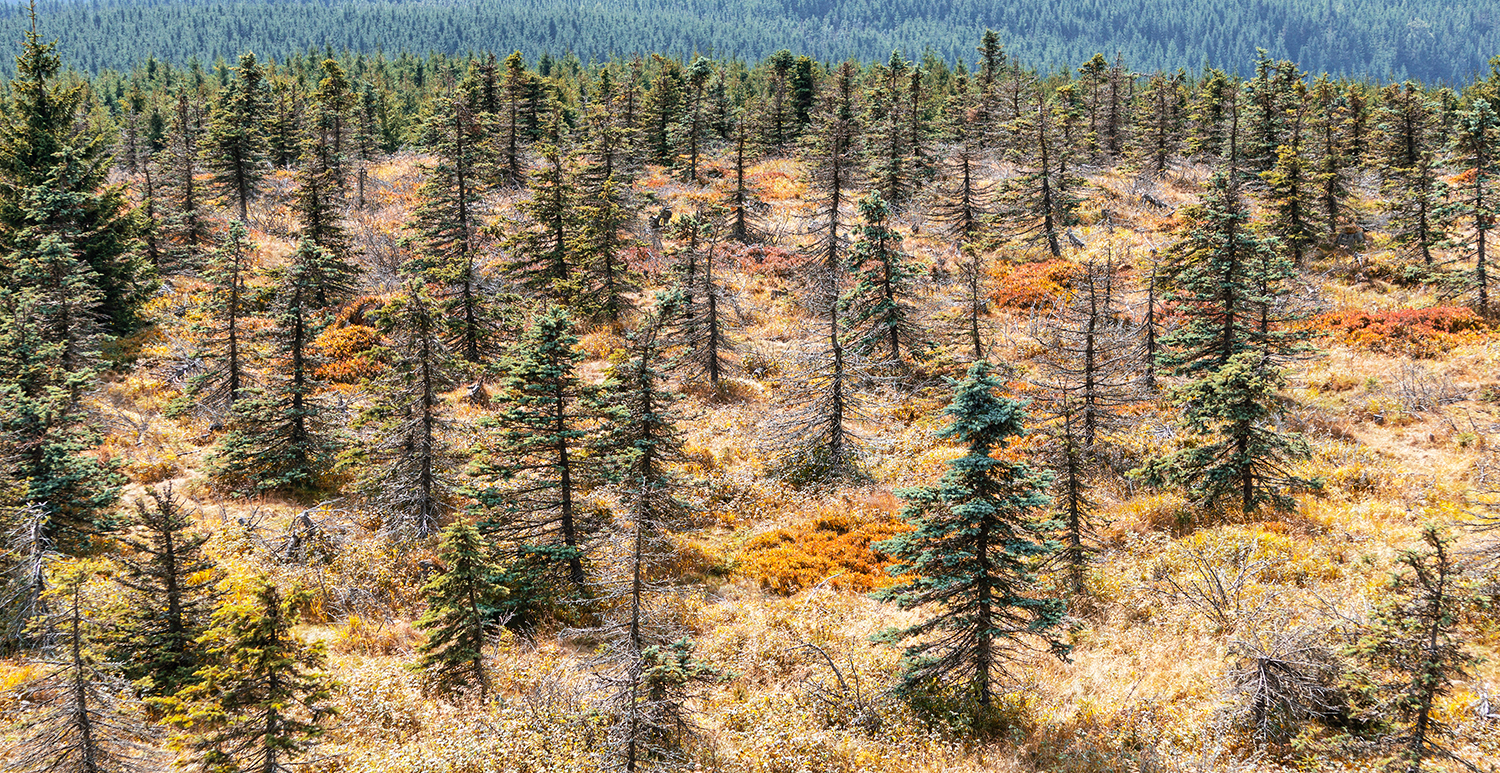
Proposed Regulation Aims to Expand Insurance Coverage in High Wildfire Risk Areas
On June 12, the California Department of Insurance announced a new draft regulation to get more insurance coverage options for Californians in areas particularly threatened by wildfires. This new regulation will require that insurers that use new catastrophe modeling must write more policies in distressed areas, with larger insurance companies required to insure properties in distressed areas at a rate equal to 85% of the insurer’s statewide market share. Governor Newsom provided his support for the regulation, which is part of the Sustainable Insurance Strategy, a package of reforms to strengthen California’s marketplace and maintain strong consumer protections.
NFWF Announces 9 Large Watershed Planning Grants Totaling $53 Million for California National Forests

NFWF Announces 9 Large Watershed Planning Grants Totaling $53 Million for California National Forests
On June 24, the National Fish and Wildlife Foundation (NFWF) announced $53 million in grants to protect and restore forests and watersheds in California using voluntary, targeted headwater resilience planning and monitoring. The grants leverage $31.4 million in matching contributions, for a total conservation impact of $84.4 million. The awards were made possible by a first-of-its-kind agreement between the USDA Forest Service and NFWF. This effort pools multiple funding sources from public and private organizations to meet the level needed for effective landscape-scale projects to tackle California’s wildfire crisis.
Lake County Leverages Federal Support for Local Action
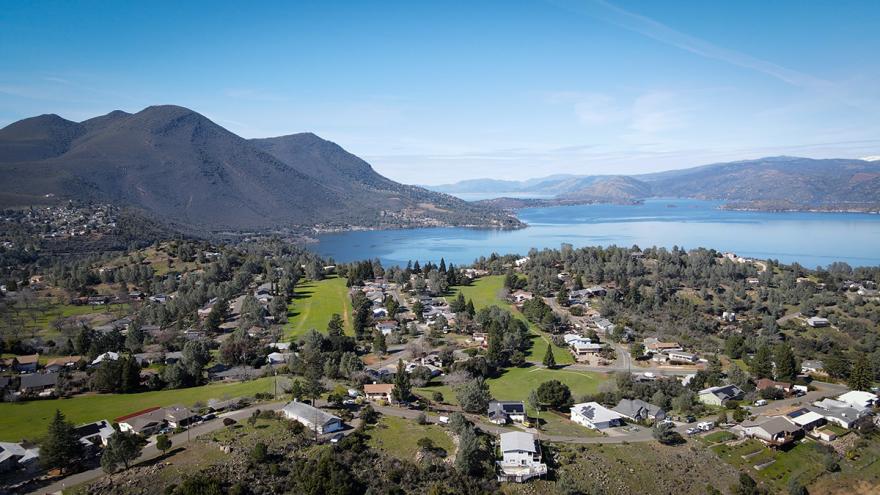
Lake County Leverages Federal Support for Local Action
The Clear Lake Environmental Research Center (CLERC) is utilizing a $9.8 million Community Wildfire Defense Grant from the USFS to give Lake County a much needed boost to reduce wildfire risk. With this grant, CLERC brought together multiple rural fire protection districts to clear overgrown brush from roadsides and support a brush chipping program that assists landowners with vegetation removal from their property. One of CLERC’s foundational principles is to hire local and ensure every dollar stays in the county. This project provides a blueprint on effectively leveraging federal funding to protect high fire risk areas in a way that incorporates place-based expertise and supports local economic growth.
California Leads Nation with 800th Firewise USA Community
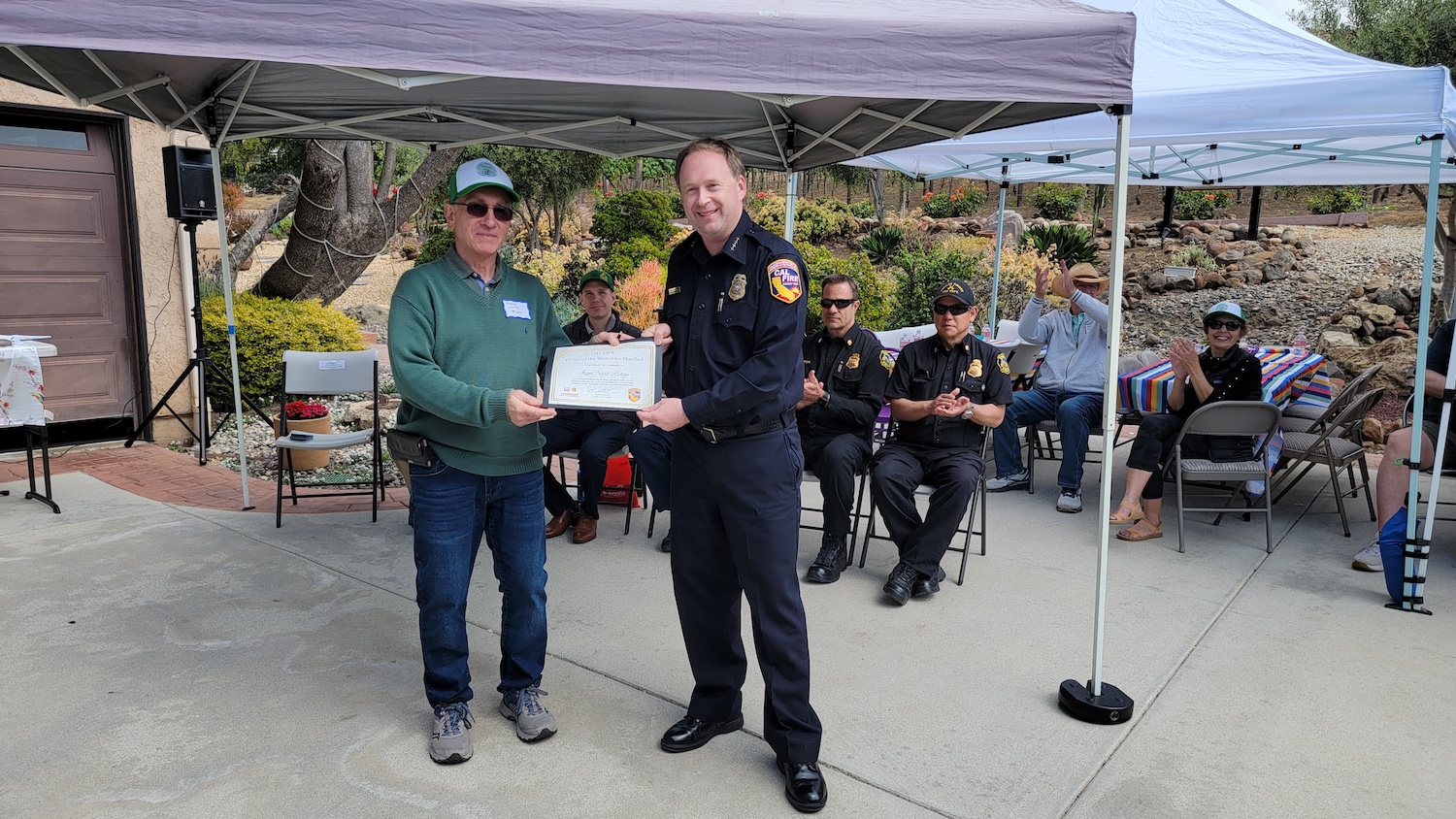
California Leads Nation with 800th Firewise USA Community
On May 18, KenCrest Ridge community in Ventura County became California’s 800th Firewise USA community. Reaching the 800th Firewise community within a year of the 700th community is a major accomplishment statewide, demonstrating the pace California is taking to create more fire-adapted communities. The recognition by the National Fire Protection Association highlights the steps taken by the community to ensure wildfire risk is reduced in their area and that residents are prepared. The KenCrest Ridge community worked closely with CAL FIRE, the Ventura County Fire Department, and the Ventura Regional Fire Safe Council to reach this recognition.
New Pocket Guide Empowers Communities to Collect Seeds and Support Reforestation

New Pocket Guide Empowers Communities to Collect Seeds and Support Reforestation
Seed collection is a critical first step in successful reforestations projects. The new ‘California Cone Hunter’s Pocket Guide’ serves as an in-the-field reference for those assisting with seed surveys and seed collection in support of post-fire reforestation efforts. The pocket guide was created by seed bank managers, geneticists, seed collectors and Cone Corps members, led by the USDA Forest Service, CAL FIRE, and American Forests. The Pocket Guide is available in both electronic and printed formats and will be distributed at Cone Camp seed collection trainings.
New Online Resources Now Available to Help Prepare for Wildfires
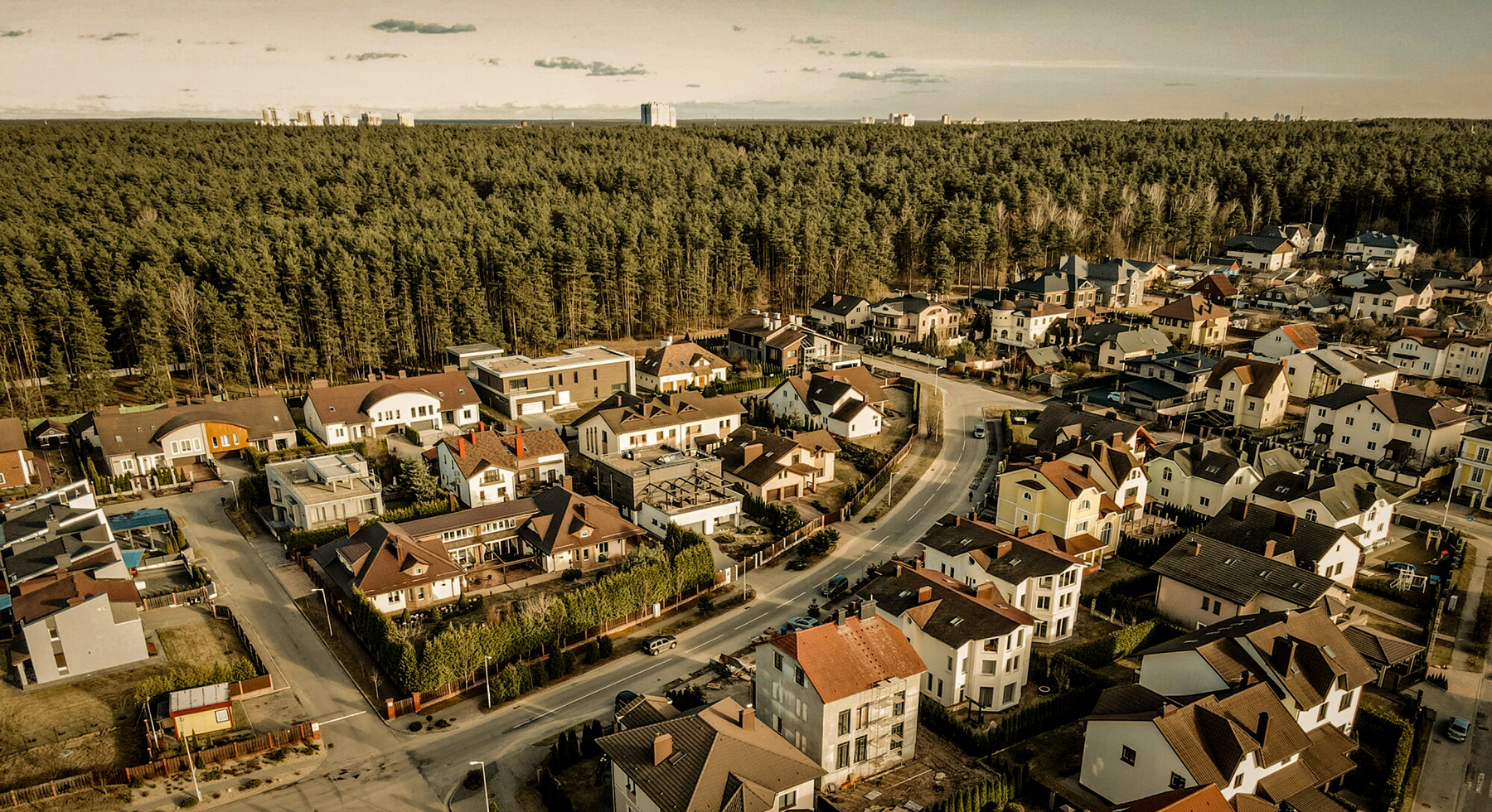
New Online Resources Now Available to Help Prepare for Wildfires
Understanding how best to prepare for wildfire season just got easier with several new, easy-to-navigate online resources that identify low-cost and achievable recommendations to protect yourself, your home and loved ones.
ready.ca.gov: On May 24, Governor Gavin Newsom announced the launch of ready.ca.gov, a new one-stop-shop for Californians to prepare for wildfires and other emergencies. The website is part of Listos California, a state effort that connects communities with resources before, during and after emergencies. The website offers resources and alerts for wildfire and wildfire smoke risks.
firePLANNER: CAL FIRE’s newly updated firePLANNER is a web-based platform that helps residents develop customized readiness plans for wildfire and other emergencies. It also provides information on preparing home and property for wildfire; creating an evacuation plan, including for pets and livestock; and special considerations to keep in mind during a wildfire. Users can also access information on active California wildfires. FirePLANNER is available in both English and Spanish.
wildfirerisk.org: The USDA Forest Service now offers an easy-to-use website to help communities understand, explore, and reduce wildfire risk. It includes interactive maps with the latest data and innovations in vegetation, weather, and fire behavior models, along with updated and improved building footprint datasets, a new funding section to help communities find grants and support for wildfire risk reduction, and a new feature called “Risk Reduction Zones” to help communities see the most effective mitigation activities in different locations.
wildfire defense videos: The Resource Conservation District of the Santa Monica Mountains released a series of wildfire defense videos to serve as an educational hub to provide home-hardening and defensible space information to prepare and defend your property and yourselves against wildfire ignition. The series provides guidance on home hardening, defensible space, fire ecology, and preparedness.
Federal Climate Financial Report Demonstrates Need for Proactive Action on Wildfire Resilience
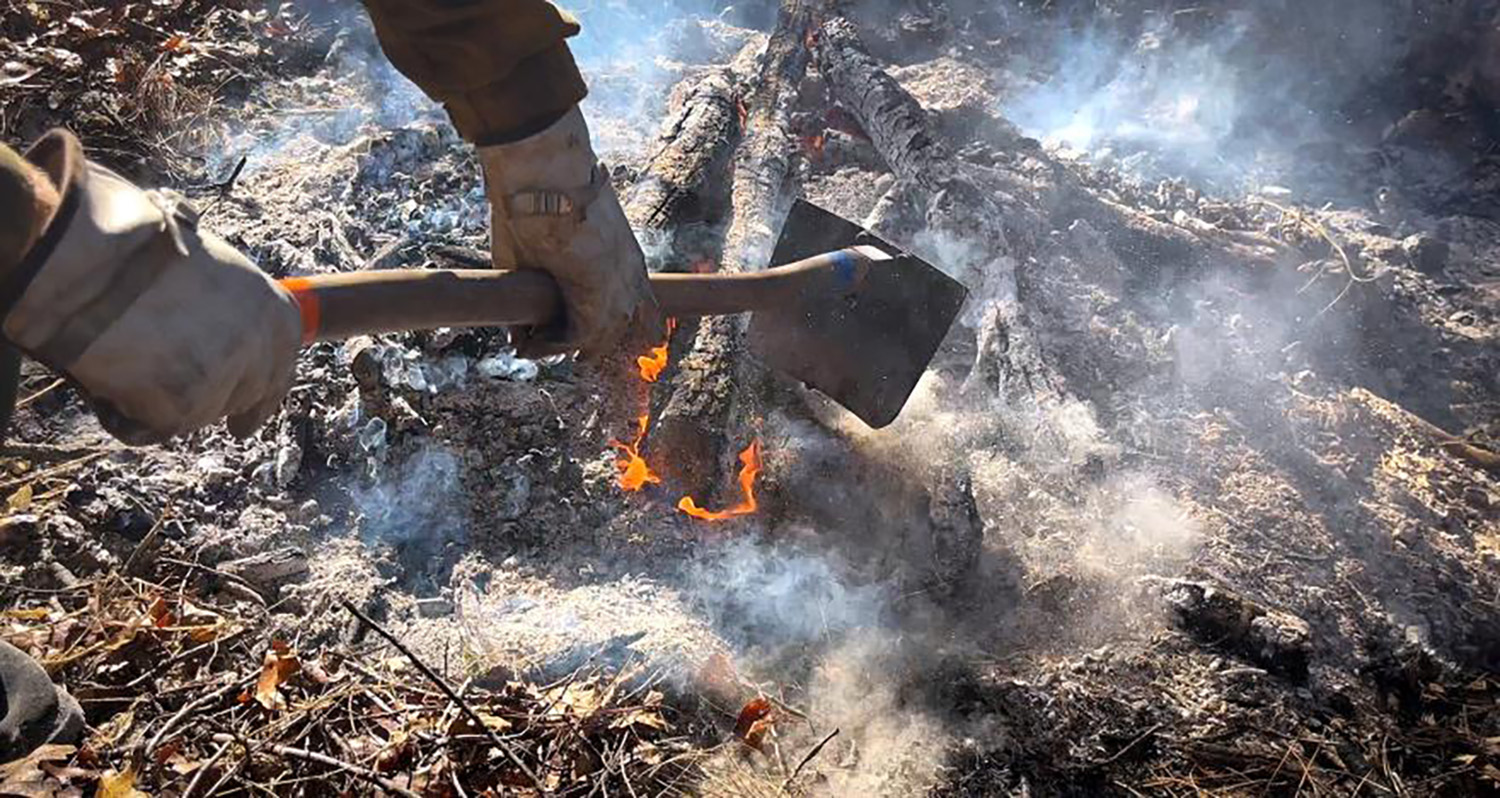
Federal Climate Financial Report Demonstrates Need for Proactive Action on Wildfire Resilience
Over the last decade, suppression has cost the USFS and the Department of the Interior an average of more than $3 billion per year. The Climate Financial Risk report provides estimates for 10 future climate scenarios and a wide range of projections for fire extent and fire suppression spending. A central estimate across the 10 future climate scenarios shows that lands in the National Forest System would experience a near doubling of the area burned by mid-century (2041-2059) and a 42% increase in costs by 2050, to $3.9 billion. Anticipated increased costs of fire suppression due to climate change brings additional urgency to the need for proactive wildfire risk reduction treatments and efforts to protect and prepare communities ahead of wildfires.
